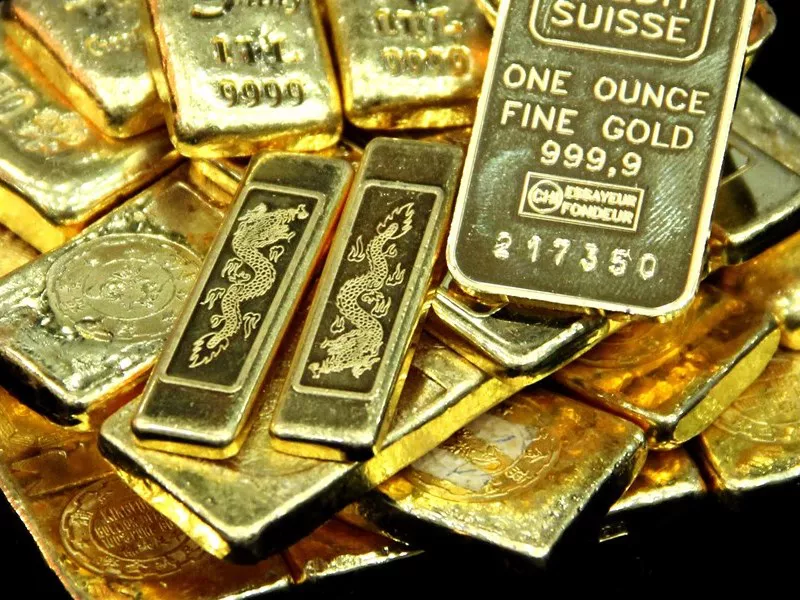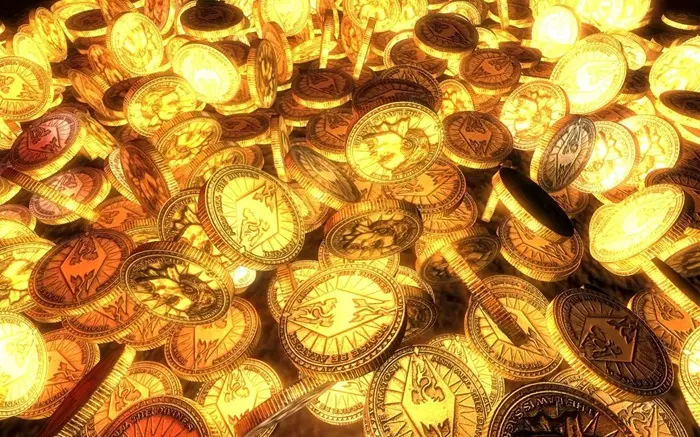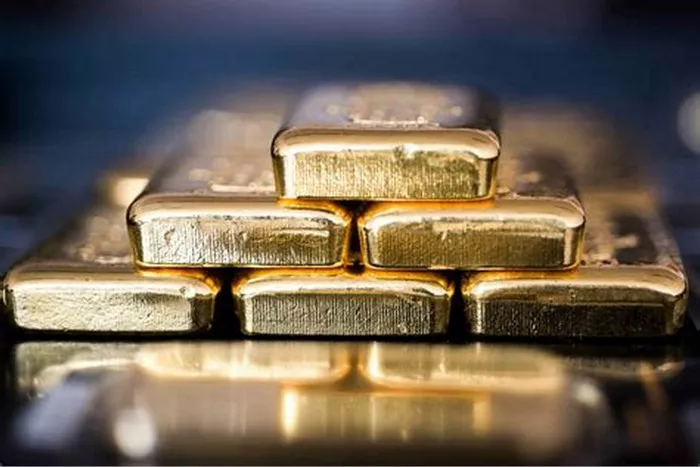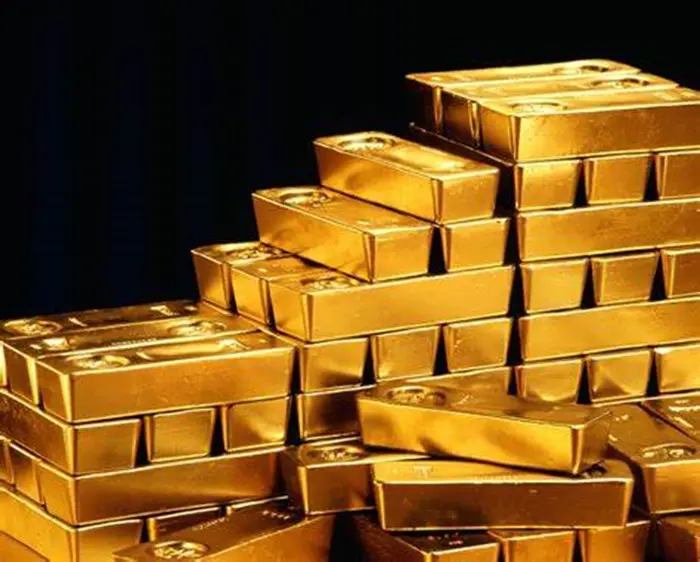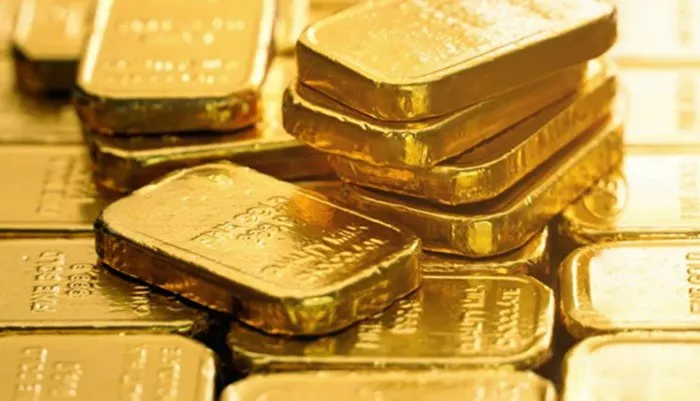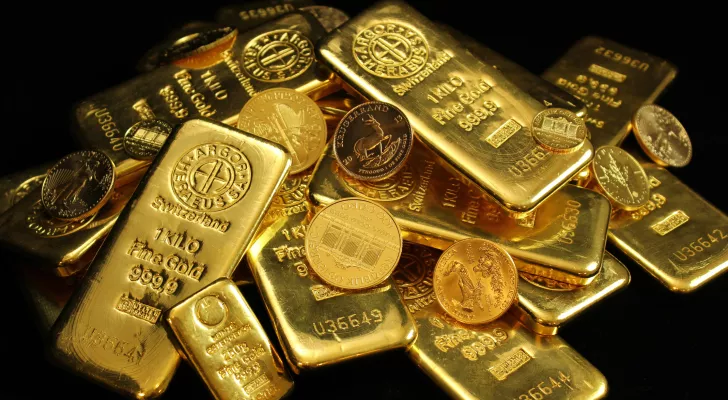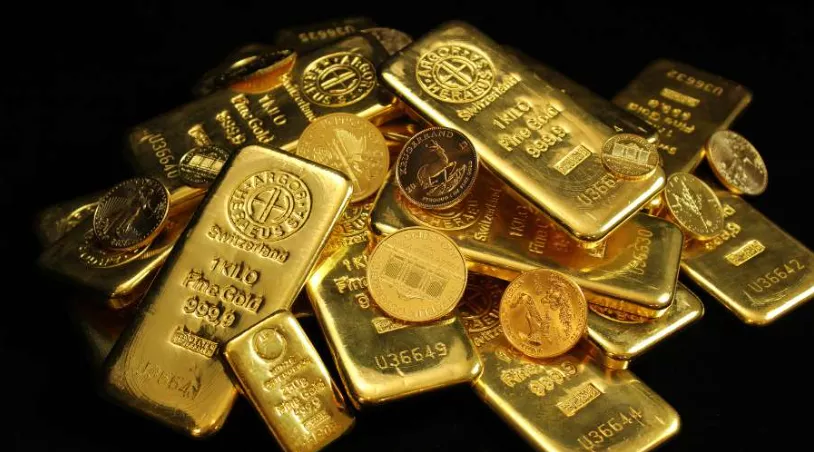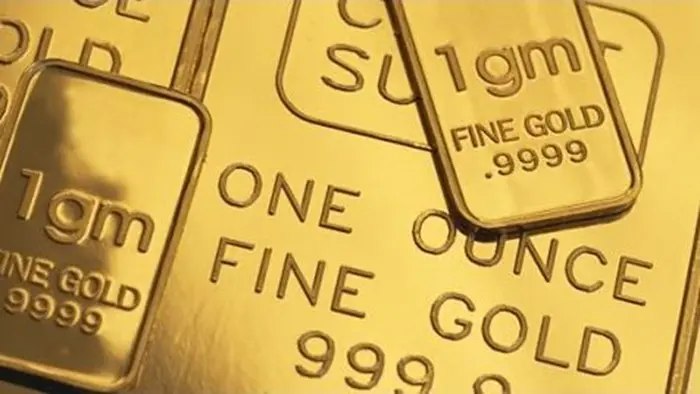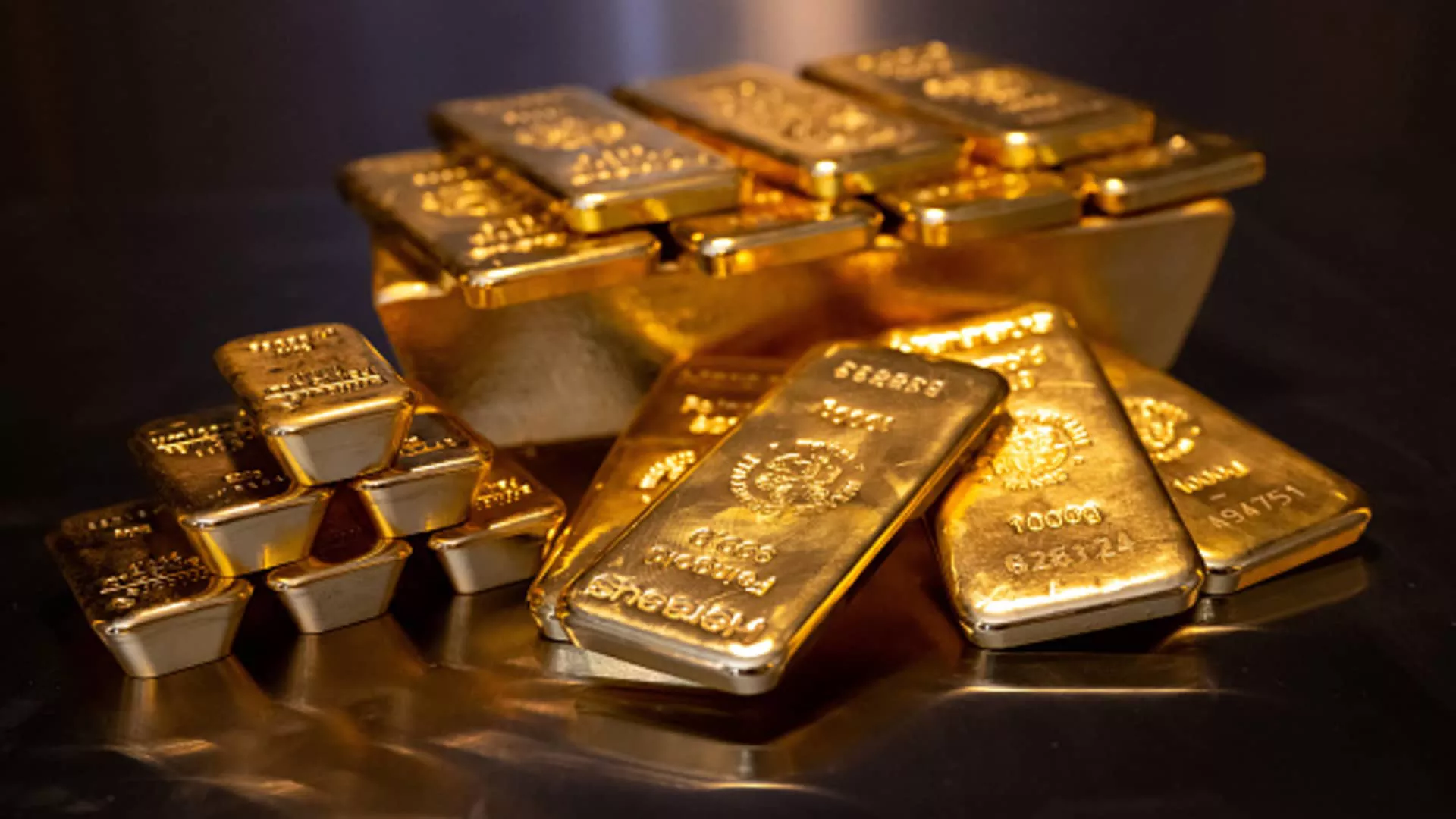Gold has captivated human civilization for thousands of years. Its allure, rarity, and unique properties have made it a symbol of wealth, power, and prestige. But where does gold come from? This article explores the cosmic origins of gold, tracing its journey from stellar nurseries to the veins beneath our feet.
The Cosmic Birth of Elements
Stellar Nucleosynthesis
The story of gold begins in the stars. Elements are formed through the process of nucleosynthesis within stars. Hydrogen and helium, the simplest elements, formed in the Big Bang. Heavier elements, including gold, are created through nuclear fusion in the cores of stars.
The Role of Supernovae
When stars exhaust their nuclear fuel, they often end their lives in cataclysmic explosions known as supernovae. These violent events are crucial in the formation of many heavy elements. During a supernova, the intense heat and pressure allow for rapid neutron capture, a process known as the r-process. This process can produce gold and other heavy elements, which are then dispersed into space.
Neutron Star Mergers: A Goldmine
The R-Process in Neutron Star Collisions
While supernovae play a significant role in creating heavy elements, recent discoveries highlight the importance of another cosmic event: neutron star mergers. Neutron stars are incredibly dense remnants of supernovae. When two neutron stars collide, the resulting explosion is powerful enough to produce significant amounts of heavy elements, including gold.
Observational Evidence
In 2017, astronomers observed the first direct evidence of gold production from a neutron star merger. The event, named GW170817, was detected by gravitational wave observatories and followed up with telescopes around the world. The observations confirmed that such collisions could produce vast quantities of gold and other heavy elements.
See Also: 9 Compounds Made of Gold
Gold’s Journey to Earth
The Solar System’s Formation
The gold produced in supernovae and neutron star mergers is scattered throughout the galaxy. Over billions of years, this material mixes with gas and dust, eventually coalescing into new stars and planetary systems. Our solar system formed from such a cloud of interstellar material about 4.6 billion years ago, incorporating elements produced in previous generations of stars.
Accretion and Differentiation
During the early stages of Earth’s formation, it was a molten mass. As it cooled, heavier elements like gold sank towards the core, while lighter elements remained in the crust. This process, known as planetary differentiation, concentrated gold and other heavy metals in the Earth’s core.
Delivery via Asteroids and Comets
Not all gold ended up in Earth’s core. Some of it remained in the crust, and additional gold was delivered to Earth through asteroid and comet impacts. These celestial bodies, rich in metals, bombarded the early Earth, contributing to the precious metal deposits we find today.
Geological Processes: Bringing Gold to the Surface
Hydrothermal Activity
Gold deposits are often associated with hydrothermal activity. Hot, mineral-rich water circulates through fractures in the Earth’s crust, dissolving metals like gold. As the water cools, gold precipitates out of solution, forming veins and lodes. This process has created some of the richest gold deposits known, such as those in the Witwatersrand Basin in South Africa.
Erosion and Sedimentation
Erosion also plays a vital role in distributing gold. Weathering breaks down rocks, releasing gold particles. These particles are transported by rivers and streams, settling in alluvial deposits. These placer deposits have been historically important sources of gold and continue to be mined today.
Gold’s Cultural and Economic Impact
Historical Significance
Gold has been valued by human societies since prehistoric times. Ancient civilizations such as the Egyptians, Greeks, and Romans prized gold for its beauty and rarity. It has been used to create jewelry, coins, and religious artifacts. Gold’s enduring appeal is reflected in its continued use in art, architecture, and as a symbol of status and power.
Modern Economy
Today, gold remains an important asset in the global economy. It is used in various industries, including electronics, dentistry, and aerospace, due to its excellent conductivity and resistance to corrosion. Gold also plays a crucial role in finance, serving as a hedge against inflation and economic uncertainty. Central banks and investors hold significant reserves of gold, and its price is closely watched as an indicator of economic health.
Conclusion
The gold in your jewelry, electronics, or investment portfolio has a cosmic origin. It was forged in the fiery hearts of dying stars and the cataclysmic collisions of neutron stars. This precious metal has traveled across the galaxy, survived the tumultuous formation of the solar system, and endured geological processes to reach us. Gold’s journey from the cosmos to Earth is a testament to the dynamic and interconnected nature of the universe. As we continue to explore space and uncover the mysteries of the cosmos, our understanding of gold’s origins will deepen, enriching our appreciation for this extraordinary element.
By tracing gold’s journey from stellar nucleosynthesis to the Earth’s crust, we gain insight into the interconnected processes that shape our universe. This understanding not only satisfies human curiosity but also underscores the precious nature of gold, linking it to the very fabric of the cosmos.
Related topics:

